The radicals or 部首 ( bushu) are the components of kanji that give a hint to their meaning There are 214 official radicals in both Japanese kanji and Chinese hanzi, and their meanings are roughly the same across both languages, with only small differences You can find a list in the back of most kanji dictionaries and by doing an online search Help JP The Official Kanji AskforHelp Thread Page Menu/0 Compounds JLPT Level N5 Kanji List Page 1

How To Classify Kanji Characters I Learn Learnjapanese
Boku kanji radicals
Boku kanji radicals-Radical is a part of a kanji used to classify kanji In radical classification, at least one radical is assigned to all Kanji characters 卜 (boku・bokunoto・to・uranai) Later, 辛 corrupts into 丵 (probably by fusing with 甾) and combines with 廾 to give 菐 ( OC *boːɡ, *puɡ ), which functions as a phonetic component In the current form, it is essentially a phonosemantic compound ( 形聲, OC *boːɡ, *buːɡ ) semantic 人 ("man") phonetic 菐



Q Tbn And9gcr Wv1txdg Vo8jpqgprwa3veqmhg G0zh4taroal0unjcvisrm Usqp Cau
Most common radicals The six radicals that occur the most frequently (in order of frequency) and make up 25% of the 2136 Jōyō kanji 口 (くち) mouth 水/氵 (みず) water 木 (き) tree 人/亻 (ひと) person 手/扌 (て) handKanji Radicals Part 1 https//wwwyoutubecom/watch?v=fAbxYWzmEj8Video contains the following Radicals阝 Wall https//wwwyoutubecom/watch?v=Mhr2L8mrIKanji which have the radical "卜 (boku・bokunoto・to・uranai)" A list of kanji which have the radical "卜 (boku・bokunoto・to・uranai)" The kanji are listed in order of the number of strokes
体 (からだ) body, 作る (つくる, tsukuru ) make, 住む (すむ, sumu ) live 「 艹 」( くさかんむり, kusakanmuri ) = grass 草 (くさ, kusa ) grass, 花 (はな, hana) flower, 葉 (は, ha ) leaf The last radicle "くさかんむり" is written as "草冠" in kanji, where 草 (くさ, kusa) means "grass" and 冠 (かんむり, kanmuri) means "crown"Kanji Radicals Studying the Japanese Radicals makes learning kanji easier Breaking kanji into radicala makes them simpler to remember over having to remember each individual stroke The kanji for 'to speak' is made up of two radicals Sometimes the meaning of the radicals will help you understand the Japanese meaning, as it does in this kanjiRecords the last hundred searches you've made;
Kanji radicals, or "bushu" (部首) are simply kanji subunits Most kanji are composed of one or more radicals Let's give an example In fact, kanji dictionaries are usually organized by radical Some radicals are actually kanji themselves that can work alone with their own meaning Other radicals are modified forms of standalone kanjiThis summary provides information about the treatment of exocrine pancreatic cancer Other PDQ summaries containing information related to cancer in the pancreas include the following Pancreatic Neuroendocrine Tumors (Islet Cell Tumors) Treatment Childhood Pancreatic Cancer Treatment Incidence and Mortality EstimatedHi people, I was hoping to find out what the best list of Kanji radicals to work on would be I'm going to try and get a more vivid and complete understanding once and for all and do it by learning radicals, and then kanji with keyword>writing (writing on paper to learn, followed by palm writing for Anki studying)




The First 103 Kanji




4 Kanji Jlpt N5 Nihongo Ichiban
"# "$ $ %& & ' Compounds 下below, down, descend, give, low, inferior ()(** , ,!, $,$, $ !一one, one radical (no1) Compounds 七seven Compounds 万ten thousand Compounds 三three Compounds 上above, up !Radical is a part of a kanji used to classify kanji In radical classification, at least one radical is assigned to all Kanji characters 卜 (boku・bokunoto・to・uranai)




4 Kanji Jlpt N5 Nihongo Ichiban




Kanji 僕撲 Jisho Org
And lets you bookmark random vocabulary so you can review it laterThe meaning of 僕 is me, I (male), servant, manservant This action will delete this list and all the entries you have added to it Radicals or Bushu and Kanji Technically speaking radicals are graphemes, meaning they're the graphical parts that make up each kanji character In Japanese, these characters are derived from written Chinese kangxi radicals Every kanji is made of a radical, and a radical itself can be a kanji




The Japanese Alphabet Japanese With Anime




Learn One Kanji A Day With Infographic 好 Kou Japanese Words Japanese Kanji Japanese Language Learning
Definition and Synonyms for 彼 1 彼氏 少女または若い女性の愛人である男 Boyfriend a man who is the lover of a girl or young woman Synonyms あれ, かの, ボーイフレンド, 彼, 彼氏←Uusi alkoholilaki 18 – lonkero ja vahvempi olut kauppoihin boku kanji meaning Posted on by by Translingual ·Kangxi radical #75, ⽊··† tree Synonym 樹/树 (shù) 樹木 / 树木 ― shùmù ― tree 以若所為求若所欲,猶緣木而求魚也。 Classical Chinese, trad 以若所为求若所欲,犹缘木而求鱼也。 Classical Chinese, simpFrom Mencius, circa 4th century BCE Yǐ ruò suǒ wéi qiú ruò suǒ yù, yóu




Japanese Kanji Directory Nihongo Ichiban



Q Tbn And9gcq5jdmwdr4lknjck3jrkupopj2bwomfvku7bc5vd4u Usqp Cau
Radicals 首 Kanji are classified in a kanji dictionary according to their main components which are called radical (roots) in English and 首(ぶしゅ)in Japanese (ぶ)means a group and 首(しゅ) means a chief There are 214 historical radicals You will soon become familiar with the most frequently used radicalsDisplay can be toggled on and off for all panels (radical, variants if any, meaning, Japanese name, English name or mnemonics and sample kanjiThis entry was posted in Chinese character radicals, Kanji Radicals, 漢字の成り立ち and tagged the kanji 葛, the kanji 褐, the kanji 謁, the kanji 勾, the kanji 匂, the kanji 句, the kanji 喝, the kanji 均, the kanji 拘, the kanji 掲, the kanji 旬, the kanji 渇




The Japanese Alphabet Japanese With Anime
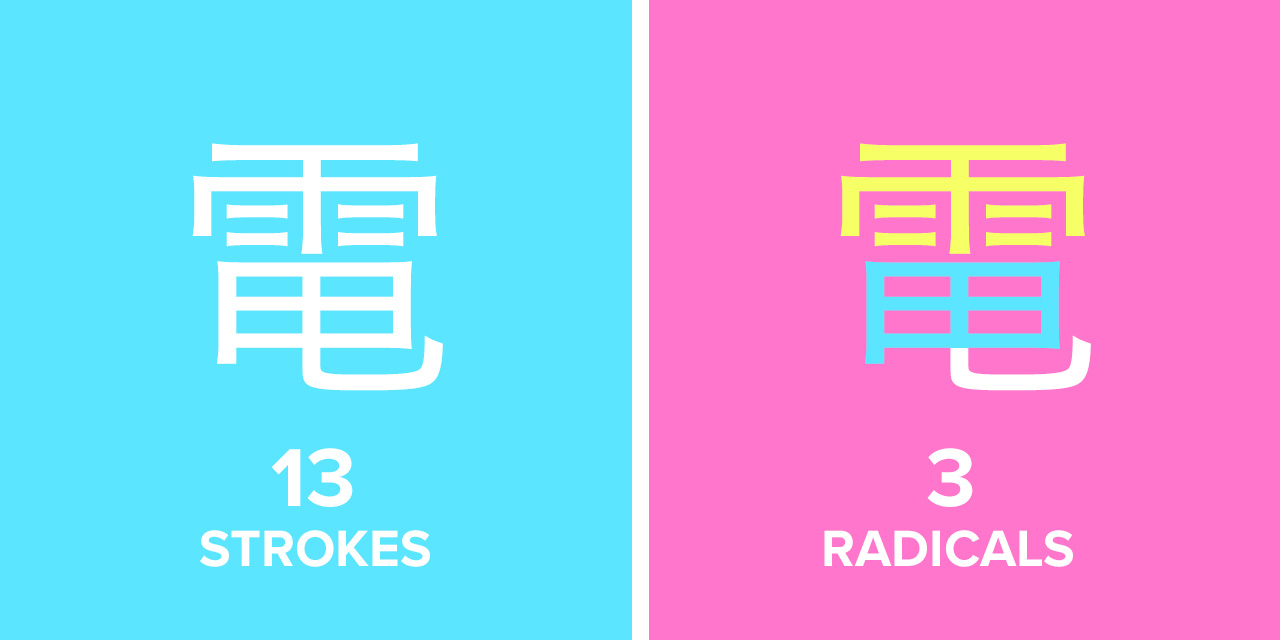



Learn Kanji With Radicals And Mnemonics The Definitive Guide
Learn kanji radicals with free interactive flashcards Choose from 500 different sets of kanji radicals flashcards on Quizlet Kanji 読み Readings ローマ字 Romaji 画数 Stroke Count 部首 Radical 意味 Meaning 木 ボク モク き こ boku moku ki ko 4 木 treeJapanese pronouns (or Japanese deictic classifiers) are words in the Japanese language used to address or refer to present people or things, where present means people or things that can be pointed at The position of things (far away, nearby) and their role in the current interaction (goods, addresser, addressee, bystander) are features of the meaning of those words



卞 Japanese Kanji Dictionary



This Is The Kanji With The Most Strokes Ever It S Last Use Was In Someone S Name In The 1960 S Most Computers Cannot Even Handle This Monstrosity Learnjapanese
Words Kanji Names Sentences Quick Search 部 Radicals ボク BOKU ・ うらなう urana (CC BY ) Kanji stroke order data from the KanjiVG project by Ulrich Apel (CC BYSA 30) See comprehensive list of data sources for more info Search other dictionaries forJLearnnet is a Japanese Learning portal with a comprehensive Japanese to English and English to Japanese Dictionary The site also provides audio for pronunciation purposes, example sentences, full conjugation tables and powerful searching that includes deconjugation You can search by english, romaji, katakana, hiragana or kanji10oct Explora el tablero de Dearly Beloved "japones" en Ver más ideas sobre vocabulario japones, idioma japonés, aprendiendo japonés
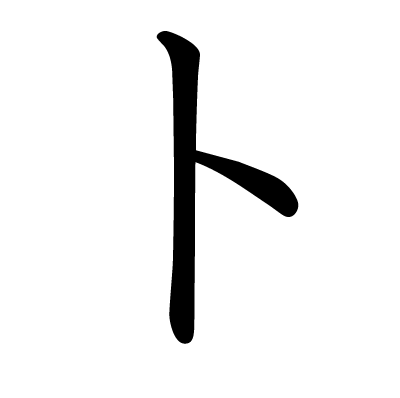



This Kanji 卜 Means Fortune Telling




Cdyhianmp6czom
Radicals in Japanese are simple kanji — they're the building blocks that make up complex kanji So, the more radicals you learn in kanji, the easier it becomes to understand more complex kanji Learning the radicals first, then advancing onto complex kanji, is the most popular method for memorizing kanji (more on that later) This is a list of kanji radical names together with their positions Some of the radicals are very similarlooking, such as 74 and 1302, or 1632 and 1702 The meanings of the Type/Location field are O original, T top, B bottom, L left, R right, E enclosure, V variable The links on the radicals go to a page which shows all the kanji for that radicalI write the radical and its code down If you don't know what radicals are, you've some studying to do



卜 Divining Kanji Dictionary Red Finch Japanese Page



樢 Japanese Kanji Dictionary
匚 匸 十 卜 卩 厂 厶 又 3Japanese Meaning of 僕, ぼく, boku Nihongo Master Japanese Englishめ, やつ, しもべ, 下僕, 下男, 下部, 僕, 僕, 奴, 家僕, 臣 2 召使い 家庭の使用人 Menial a domestic servant Synonyms しもべ, 下郎, 下部, 僕, 僕, 召し使い, 召し使う, 奉公人, 臣




Let S Learn Kanji



Q Tbn And9gcr Wv1txdg Vo8jpqgprwa3veqmhg G0zh4taroal0unjcvisrm Usqp Cau
There is a difference between the radicals 21 The Structure of Kanji A kanji is composed by one or more basic elements, commonly called radicals or in some case graphemes or compounds 6 There are some differences between the Chinese 6 It should be noted that kanji such as 王 (jpFeatures A scrolling list of 259 radicals, variants and elements A tap on an item opens the corresponding flashcard This list is used for navigation through the stack of cards A typical stack of flashcards ; The Jisho Kioku is a Chrome extension that adds a number of features to the online JapaneseEnglish dictionary JishoorgThese features are shows the last dozen kanji you've picked from radical search;



Www Uni Passau De Fileadmin Dokumente Hsg Nippon Skripte Kanjibookjlptn5 Pdf




Help Me Learn Kanji Without Mnemonics General Discussion Fuwanovel Forums
漢字 Kanji 読み Readings ローマ字 Romaji 画数 Stroke Count 部首 Radical 意味 Meaning 目 モク ボク め ま moku boku me ma 5 目 eyeThe radical is used for categorizing the kanji in Japanese kanji dictionaries, much like the alphabet is used in English dictionaries Each radical has a name, which is also shown below Some radicals have 2 or 3 different names The radical is often the leftside part of the kanji, but the radical can appear anywhere in the kanji The thing is, radicals come from Chinese The way the Chinese language created the hanzi, which was imported to Japanese as kanji, used radicals as lego blocks to make the characters So they had a proper reasoning for each radical use This was millennia ago Nowadays that's hardly relevant



Top 500 Kanji And Their Components Learnjapanese
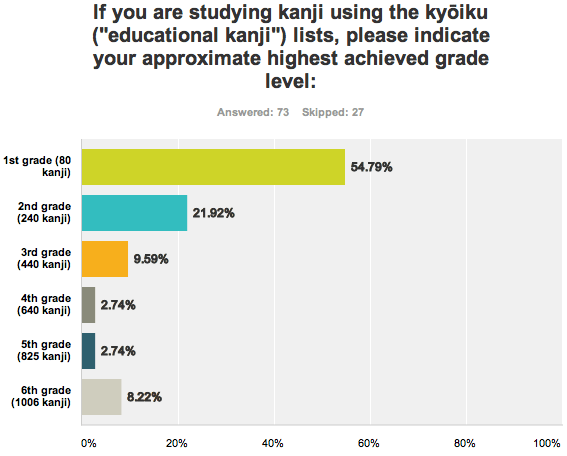



Results Of Last Month S User Survey Kanji Alive
Lets you quickly filter radicals by their names;WaniKani is a Japanese radicals, kanji, and vocabulary learning web app that uses mnemonics and SRS to make kanji learning simpleKanji radicals There is an unfortunate plague in Japanese lessons around the world these days, and it's the forgotten world of Kanji radicals Time after time, students learn Kanji the hard way through strict memorization, little to no stroke rules, and most importantly they are not introduced to radicals It's no wonder that it takes




On Dictionaries Simanaitis Says



Llc Japanese
Kanji JLPT N4 ged With Japanese Language, Japanese vocabulary, JLPT N4, kanji, kanji & kana, kanji radicals, Nihongo « Vocabulary Card – 良い – ii Kanji Card – 着 »Start studying kanji 1 Learn vocabulary, terms, and more with flashcards, games, and other study toolsThis is a guide to the Kanji characters by the Japanese Ministry of Remember The Kanji 6th Edition This is the collection of Kanji that is provided in the 6th Edition of Remember The Kanji This is meant to make it easy to add this list My Kanji Collection of single and compound Kanji from both the lessons and my personal favorites




Hadamitsky Spahn Kanji Kana Pdf Pdf Txt



Http Giggleswickscribesofwigglesworthe Org Wp Content Uploads 18 06 Demystifying Kanji Pdf
Standard In this post, we are going to look at a few kanji that contain a bushu bokudukuri 攵 that means "to cause an action" or "an action" in general We will begin this post by examining the development of the shapes and then look at four kanji 枚散故 and 教 that contain this radical (1) The kanji radical bokudukuri 攵・攴 Entering a radical code(s) along with the stroke number greatly decreases the number of hits, and makes finding characters much easier If you do a kanji search, you'll notice that it gives the radical code for the radical of the character entry; Kanji Radicals inside 棒 Click on the kanji and watch the video with the stroke order on how to write it and learn from example vocabulary When you click the "Share" button on top of the page you can also select to print in a printer friendly view (in total 31 pages) BOKU




Why Does The Chinese Character For Black 黑 Have A Fire Radical In It Quora




Kanji Alive A Free Study Tool For Reading And Writing Kanji
Get the full kanji book in PDF form with your Free Lifetime Account at http//utmio/FREE Kanji ebook https//itunesapplecom/us/book/idFuWaniKani is a Japanese radicals, kanji, and vocabulary learning web app that uses mnemonics and SRS to make kanji learning simple




Need Some Advice On Learning N5 Kanji With Radicals Learnjapanese




Japanese N5 Kanji List All 100 Kanji You Need To Know To Pass The Jlpt N5
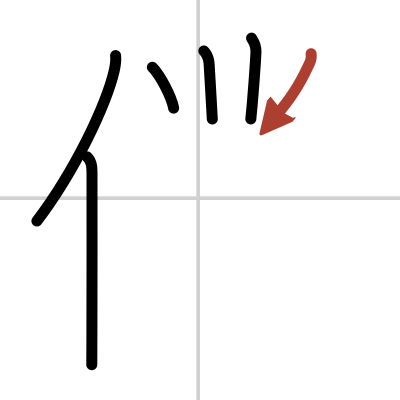



Kanji Details For 僕 Japanese Dictionary Japandict



Www Uni Passau De Fileadmin Dokumente Hsg Nippon Skripte Kanjibookjlptn5 Pdf



黒 Japanese Kanji Dictionary




ボード 日本 のピン




Epa1 Digital Storage Of Kanji Characters Google Patents




Kanji Card 私 Watashi Nihongo Ichiban




29 N5 Kanji Ideas Study Japanese Japanese Language Learn Japanese



Kanji How To Japanese




Mapping Of A Single Kanji To Multiple Sounds Download Scientific Diagram




How Do I Interpret These Kun Readings On Jisho Dictionary They Have Weird Periods And Hyphens Placed In Them Learnjapanese




Do I Need To Memorize How Kanji Radicals Are Read In Japanese Like 木 Is Read As き Or Is It Enough To Just Memorize Its Picture And Its Translation Quora




Strong Words To Use On A Resume



Http Giggleswickscribesofwigglesworthe Org Wp Content Uploads 18 06 Demystifying Kanji Pdf
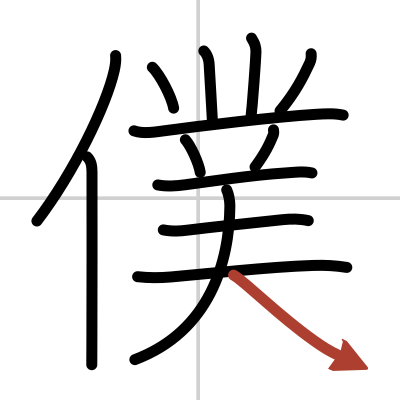



Kanji Details For 僕 Japanese Dictionary Japandict



Http Giggleswickscribesofwigglesworthe Org Wp Content Uploads 18 06 Demystifying Kanji Pdf




Kanji Portraits Origins And Radicals Of Japanese Kanji




This Kanji 目 Eye Is A Kanji Hiro S Easy Japanese



I Heart Japan Japan Travel Tips And Info About Japan Book Review A Guide To Reading And Writing Japanese




Kanji Portraits Origins And Radicals Of Japanese Kanji Page 10
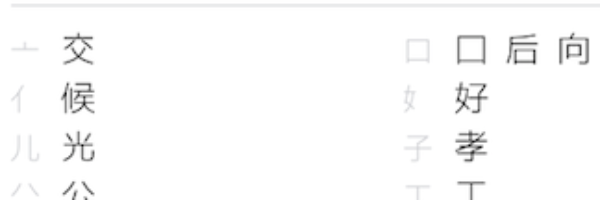



Kanji Alive A Free Study Tool For Reading And Writing Kanji



Heraldry Sca Org Kwhss 18 Kwhss18 Simplifyingkanji Pdf
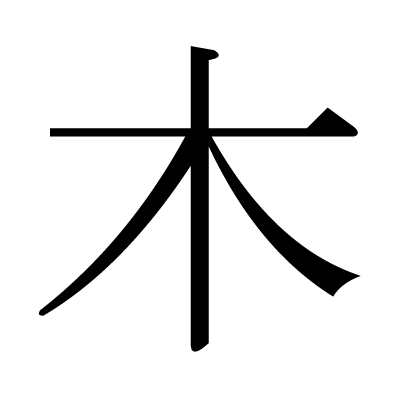



This Kanji 木 Means Tree Wood Thursday




Eyes Wide Open 1 目 相 想 And 箱 Kanji Portraits




Chinese Character 目 Eye Youtube



Http Giggleswickscribesofwigglesworthe Org Wp Content Uploads 18 06 Demystifying Kanji Pdf




How To Classify Kanji Characters I Learn Learnjapanese




Radical 109 Wikipedia
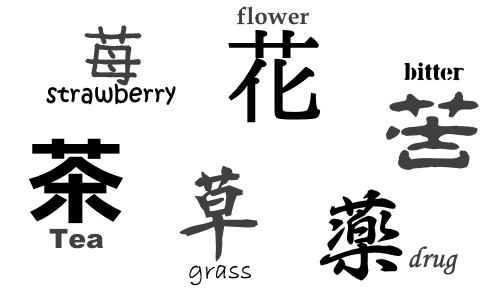



Radicals Another Neglected Blog



Www Uni Passau De Fileadmin Dokumente Hsg Nippon Skripte Kanjibookjlptn5 Pdf




Kanji Book Jlpt N5




Kanji Radicals And Components Japanese With Anime
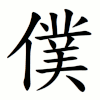



僕 Wiktionary



Www Uni Passau De Fileadmin Dokumente Hsg Nippon Skripte Kanjibookjlptn5 Pdf



Do I Need To Memorize How Kanji Radicals Are Read In Japanese Like 木 Is Read As き Or Is It Enough To Just Memorize Its Picture And Its Translation Quora



卜 Japanese Kanji Dictionary



Kanji How To Japanese



Heraldry Sca Org Kwhss 18 Kwhss18 Simplifyingkanji Pdf




Let S Write Kanji 3 How To Write 今 Ima Youtube



Kanji How To Japanese
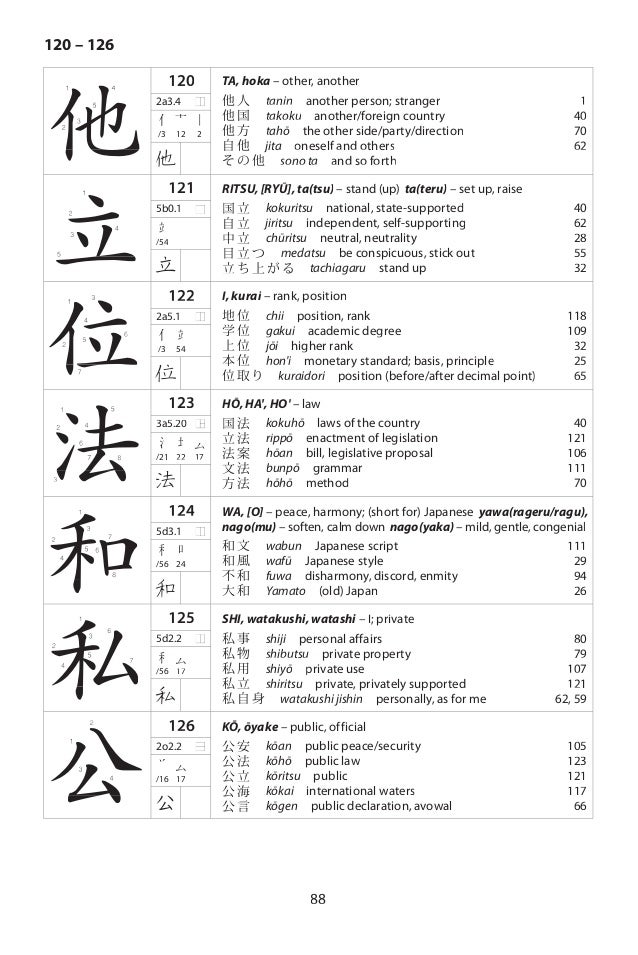



Cdyhianmp6czom




The 3 Elements Of Kanji Form Sound Meaning 漢字の形 音 義 The Kanji Code



3



Www Uni Passau De Fileadmin Dokumente Hsg Nippon Skripte Kanjibookjlptn5 Pdf




Another Neglected Blog Kanji 目 The Kanji For Eye Is Just A Picture Of



Http Giggleswickscribesofwigglesworthe Org Wp Content Uploads 18 06 Demystifying Kanji Pdf




Kanji With Tavo




This Kanji 僕 Means I



Kanji Dictionary




Japanese N5 Kanji List All 100 Kanji You Need To Know To Pass The Jlpt N5
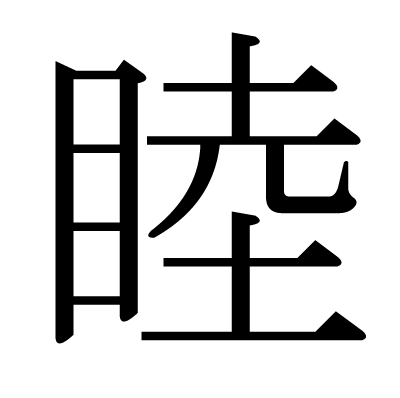



This Kanji 睦 Means Friendly Harmonious



目 Japanese Kanji Dictionary
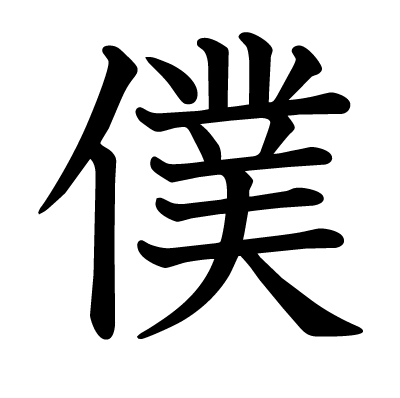



This Kanji 僕 Means I




万 Wiktionary
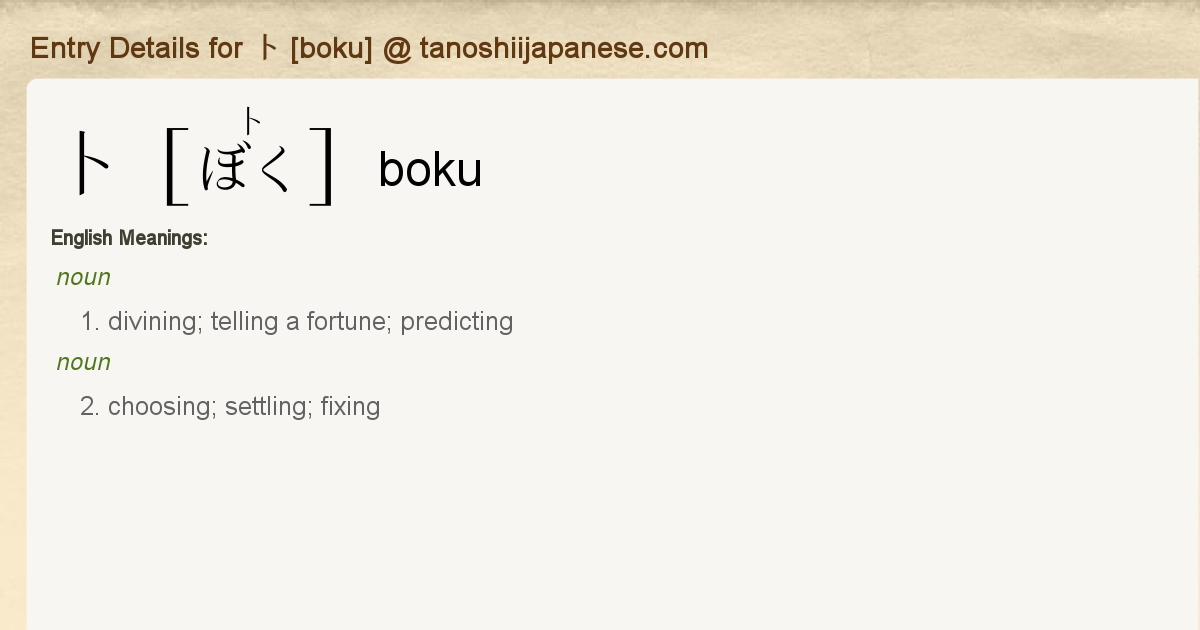



Entry Details For 卜 Boku Tanoshii Japanese



Http Giggleswickscribesofwigglesworthe Org Wp Content Uploads 18 06 Demystifying Kanji Pdf




Kanjibookjlptn5 Pages 1 50 Flip Pdf Download Fliphtml5



Results Of Last Month S User Survey Kanji Alive



默 Japanese Kanji Dictionary




Cdyhianmp6czom




Lets Learn Kanji




Japanese Dictionary Stroke Counts And Radical Recognition Simanaitis Says




The Kanji 考 Kanji Portraits




Hadamitsky Spahn Kanji Kana Pdf Pdf Txt



Http Giggleswickscribesofwigglesworthe Org Wp Content Uploads 18 06 Demystifying Kanji Pdf



Kanji How To Japanese




2 Learn Japanese Ideas Learn Japanese Japanese Japanese Language Learning




The 3 Elements Of Kanji Form Sound Meaning 漢字の形 音 義 The Kanji Code
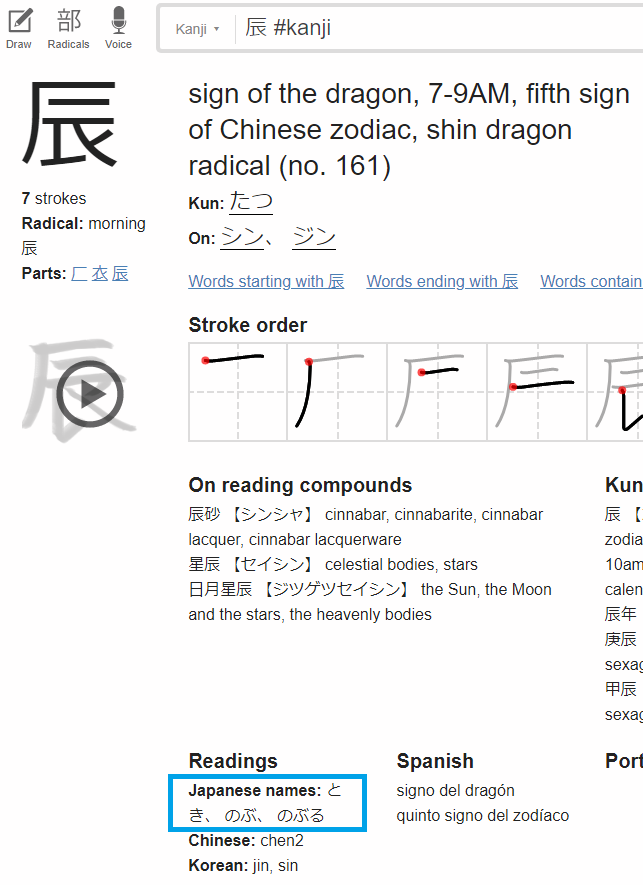



My Hero Academia Your Ultra Archive Creating A Name For Your Mha Character




Is There An Official Kanji Radical List Somewhere Learnjapanese




Kyōiku Kanji Wikipedia




36 Japanese Kanji Signs Ideas In 21 Japanese Kanji Japanese Japanese Language Learning




Round And Square Kanji Mastery Radical 93 Cow Ox
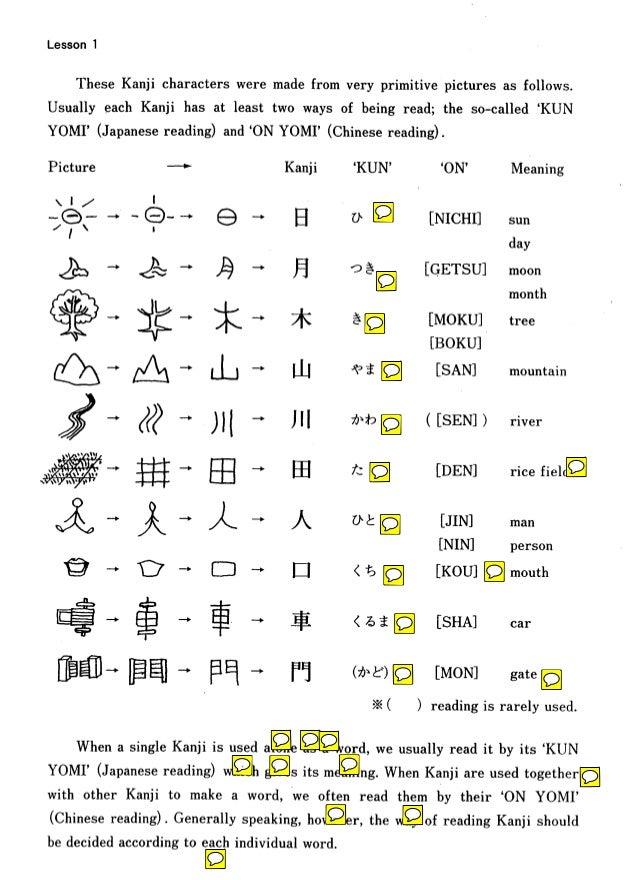



Basic Kanji Book I Y Ii



0 件のコメント:
コメントを投稿